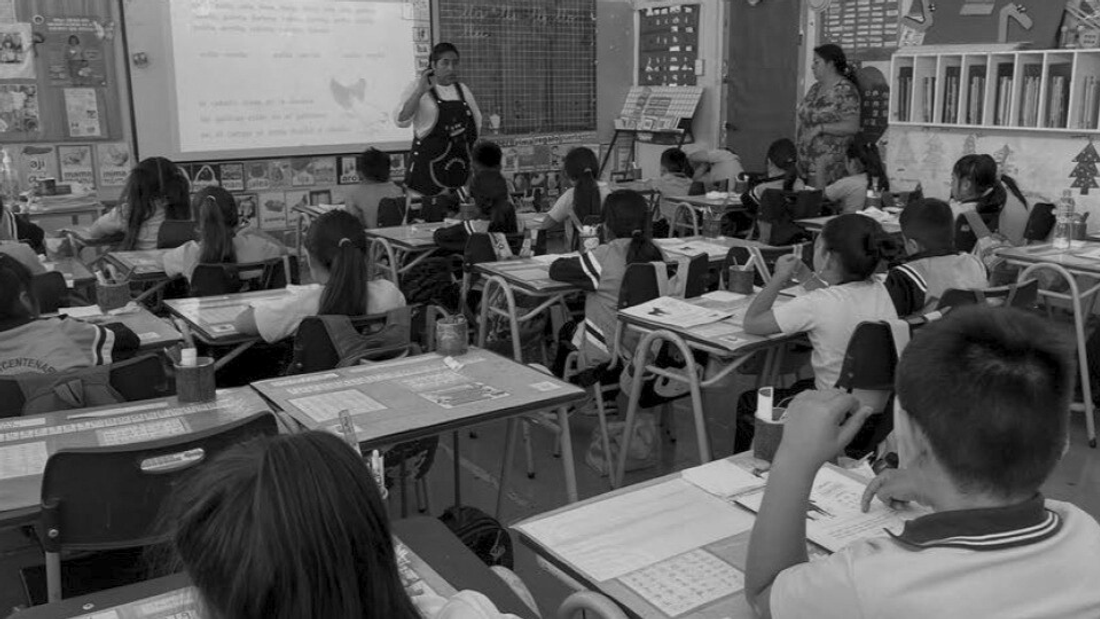How a Social Impact Bond Boosted Early Literacy in Chile

A bold financing experiment helped cut non-reader rates among vulnerable first graders from over 90% to 40%—and proved a model worth repeating.
In Chile, a groundbreaking education initiative has dramatically improved reading skills among the country’s most vulnerable first graders—reducing the percentage of nonreaders from more than 90% to about 40% in just one year.
The program, documented in a recent case study by Victoria Paz (SIPA ’25), reached 2,700 children in communities historically at risk of academic exclusion. Independent academic evaluations confirmed the results, far surpassing initial expectations.
“This dramatic shift in literacy levels reflects a meaningful transformation in educational trajectories and future opportunities for children,” says Paz, Founder of Poder Económico and finance lead at The Mangrove Breakthrough.
A New Model for Social Impact
The intervention was funded through a Social Impact Bond—an outcome-based financing model that brings together private investors, service providers, and government. In this case, the partnership included:
- Outcome funders/promoters: Municipality of Puente Alto, Falabella Retail S.A., Fundación de Beneficencia Pública Olivo, Fundación Angelini, Fundación San Carlos de Maipo, and Corporación Ermita de San Antonio
- Social investors: Larraín Vial Education Impact Investment Fund, which pooled contributions from more than 50 private investors and raised CLP 546 million (US $560,000)
- Service providers: Aptus in partnership with Letra Libre, Fundación Astoreca, Fundación Educacional Crecer con Todos and Fundación Educacional Barnechea
- Performance manager: Corporación Bien Público
- Independent evaluator: Colegium, using the DIALECT test to measure literacy outcomes
Under this structure, the government repaid investors only if measurable results—like improved reading proficiency—were achieved. The approach incentivized innovation, ensured accountability, and shifted the financial risk away from the public sector.
Beyond the Numbers
The model provided not only resources but also flexibility for educators and service providers to adapt teaching methods, tailor materials, and intensify support for struggling students. Teachers received targeted training, and classroom strategies evolved to meet each learner’s needs.
The success of this Social Impact Bond has sparked conversations across Latin America and beyond about how results-driven financing could address other pressing challenges—such as early childhood development, health outcomes, and job readiness.
Lessons for the Future
Paz’s study highlights three key takeaways for scaling similar programs:
- Set clear, measurable goals that all partners commit to from the start.
- Design flexible delivery methods to adapt to real-time feedback.
- Ensure rigorous, independent evaluation to validate results and build trust.
For the students in this program, the change is already life-altering. For policymakers and educators, it’s a reminder that ambitious targets, innovative structures, and collaborative partnerships can rewrite futures.
By spotlighting the work of Columbia SIPA student and Chilean alumna Victoria Paz, the Santiago Center continues its tradition of supporting Chileans at Columbia while also deepening its understanding of the education landscape in Chile — insights that help inform the Center’s evolving programs and partnerships.